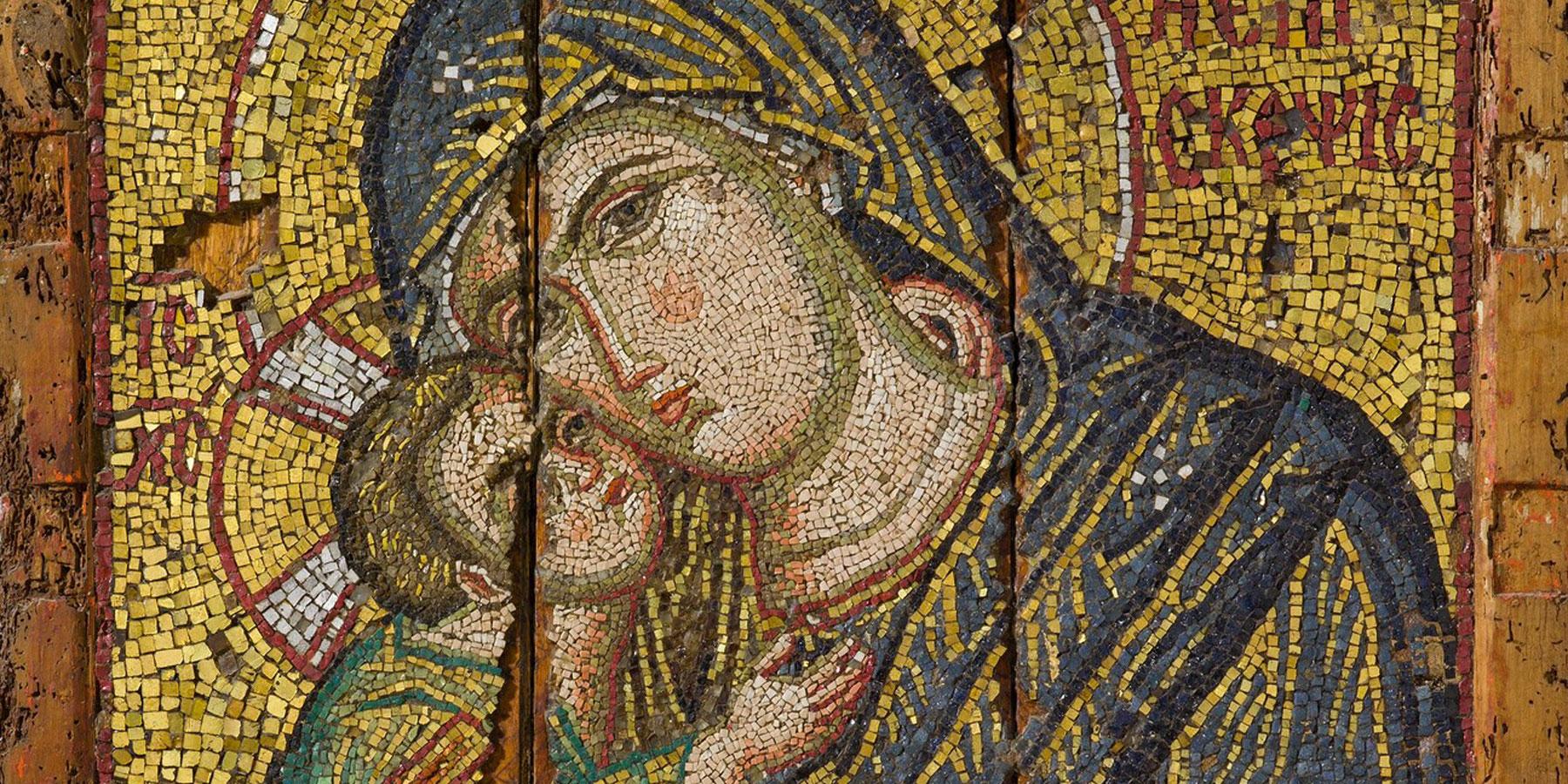Byzantine coins were the basic tool of imperial propaganda as well as commercial transactions. The images stamped on them—the emperor, members of his family, Christ, angels, saints, and the cross—promoted the idea that the Byzantine state existed by divine right and under God’s protection. Coins were issued in gold, silver, and copper under the strict control of the imperial authority. As the most stable currency of the Middle Ages, the gold solidus was the preferred coin for use in international trade and enjoyed prestige throughout the then known world, from North Africa to China. In Western Europe the Byzantine gold coin was called the bezant, derived from the word Byzantium.
Solidus (“solid coin”): The basic unit of the Byzantine monetary system, equaling 1/72 of one Roman pound of gold. Its weight (4.5 grams) and purity (24 karats) remained fixed up until the eleventh century. In the tenth century, a soldier’s annual salary was about 12 solidi; stipends at court began at about 72.
Tetarteron (“quarter coin”): A lighter coin introduced by Emperor Nikephoros Phokas in the 960s. Despite its name, the tetarteron was of lesser value than a solidus by only two to three karats.
Histamenon (“standard coin”): The name given the solidus after the introduction of the tetarteron. Wider and thinner than the original solidus, the histamenon was discontinued after 1092 because of its sharply debased value due to a deep economic crisis in the eleventh century.
Hyperpyron (“super-refined coin”): Introduced by Alexios I Komnenos in 1092 to replace the histamenon; the hyperpyron was of the same standard weight as the solidus, but with less gold content (20.5 karats). In the Palaiologan period (1261–1453) the hyperpyron, too, became debased, dropping to twelve karats. After the mid-fourteenth century, only silver and copper coins were issued.
All coins lent by the Numismatic Museum, Athens





